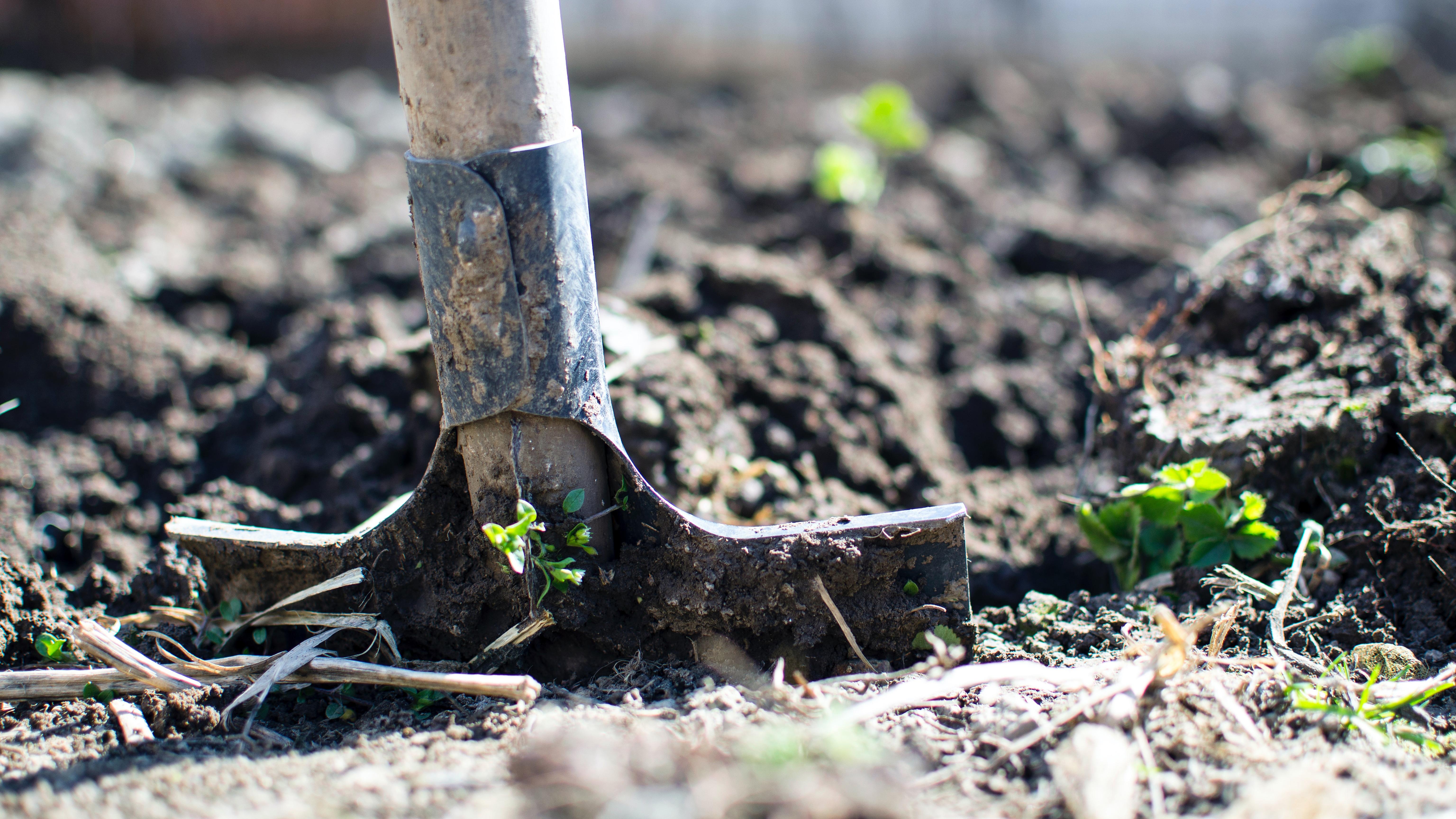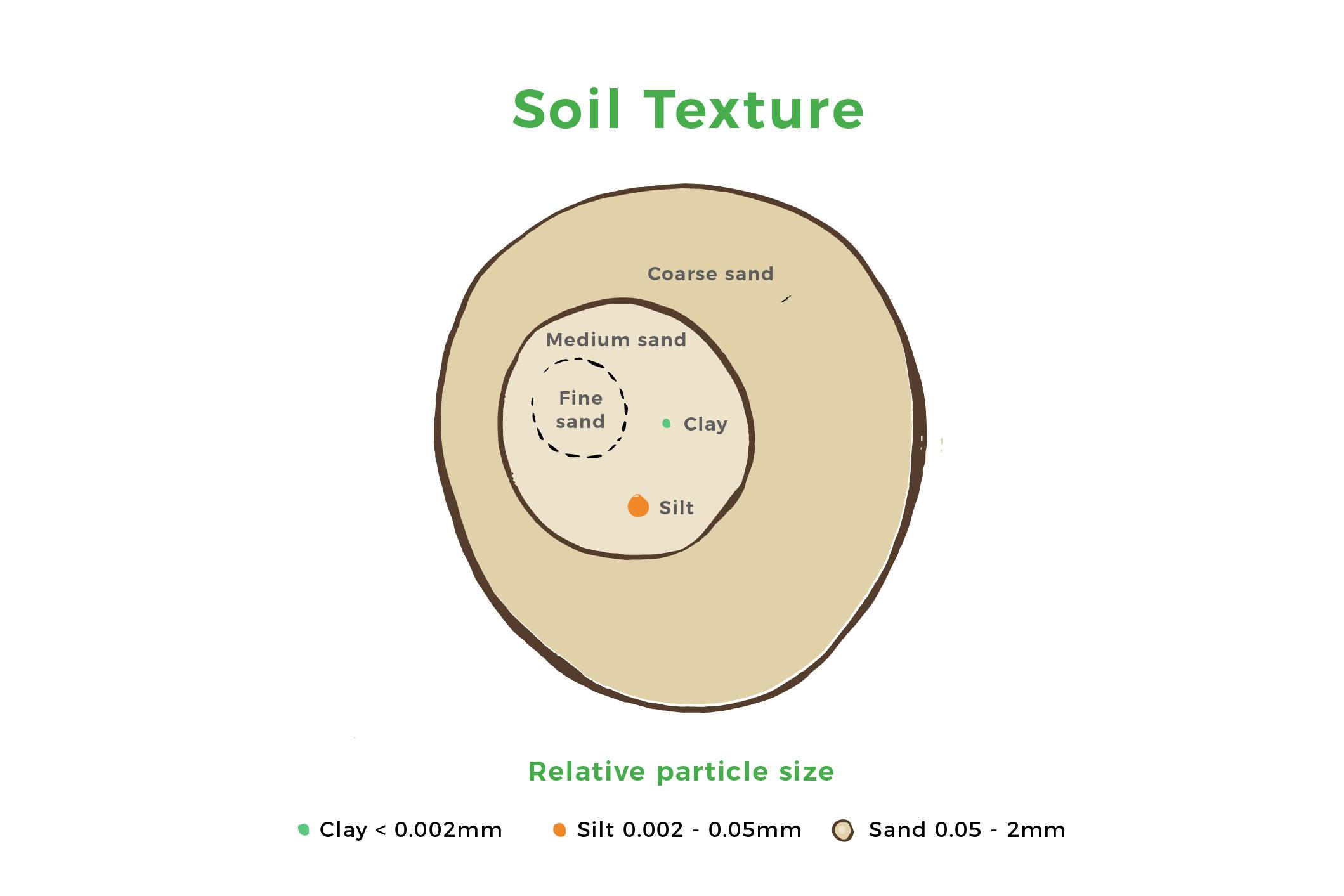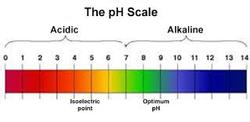Soil – a Main Ingredient to Growing Great Plants

Soil is a naturally occurring mixture of inorganic and organic ingredients with a definite form, structure, and composition, that varies from one location to another. Soil is vital to:
• Anchor plant roots
• Supply water and air to those roots
• Furnish nutrients for plant growth
Soil also:
• Absorbs rainfall and mitigates flooding
• Removes pollutants and cleanses water
• Stores water for plants, wildlife, and people
•Provides habitat for organisms such as microscopic bacteria and earthworms
• Stores atmospheric carbon
The quality of the soil directly affects its ability to carry out each of these important tasks.
The inorganic parts of soil are mineral-based and come from rocks that have been weathered and broken down into smaller pieces over a long period of time. The organic particles contain carbon and come from anything that was once living and has since died and decayed - including plants, microbes, insects, and animals.
Learn more: Digging up the Dirt on Soils
Main Physical Characteristics of Soil
Soil structure and texture are the main physical characteristics of soil. Additionally, soil color can provide clues as to its composition and drainage status.
Structure is the arrangement of soil particles into small clumps, called "peds." Similar to how the ingredients in cake batter bind together to form a cake, soil particles (sand, silt, clay, and organic matter) bind together to form peds.
• Soil structure determines how permeable a soil is, how well it retains moisture and nutrients, and how easily it allows plant roots to penetrate and grow.
• Peds have various shapes depending on their “ingredients” and the conditions under which the peds formed: getting wet and drying out, freezing, and thawing, even walking on them can affect the shapes of peds. 
Texture is the proportion of sand, silt, and clay particles that make it up. Soil pore space determines the amount of oxygen, the drainage rate, and capacity of soil to hold nutrients.
• Sand grains can be seen with the naked eye. They are the largest of these particles creating large pores. Sandy soils drain quickly and do not hold water and nutrients well.
• Silt particles can be seen with a hand lens. They create smaller pores in the soil, resulting in better water retention.
• Clay particles must be viewed with an electron microscope. They are the smallest particles and have a tremendous capacity to hold water and nutrients. However, clay soils have poor air circulation and slow drainage.
• Most soils are a combination of the three particle sizes.
Color can be an indicator of soil’s mineral content. It can also tell how a soil behaves. Soil that drains well is brightly colored, whereas soil with poor drainage and low oxygen content may have more dull and grayish tones.
Main Chemical Characteristics of Soil
pH is a measure of the acidity or alkalinity of the water held in the soil’s pores.

• pH 7 to 0 the soil is increasingly acidic while from 7 to 14 is increasingly alkaline (basic)
• pH impacts the availability of nutrients to plants; some nutrients, like iron, are much more available at a lower pH
• Affects the population and activity of microorganisms
• Optimum soil pH range varies for different kinds of plants
Essential nutrients – Hydrogen, oxygen and carbon are provided naturally by air and water
Primary macronutrients – Nitrogen, phosphorus and potassium are generally required in larger quantities than other nutrients and may need to be supplemented
Secondary macronutrients – Calcium, magnesium and sulfur are typically found in sufficient quantities in the soil and no amendments are required
Micronutrients or trace elements – Boron, chlorine, copper, iron, manganese, molybdenum, nickel, and zinc are generally present in healthy soil and can be maintained with regular applications of organic matter
Get to Know Your Soil
Understanding the physical and chemical characteristics of your soil will help you succeed in planning, planting, and maintaining a healthy and productive garden.
